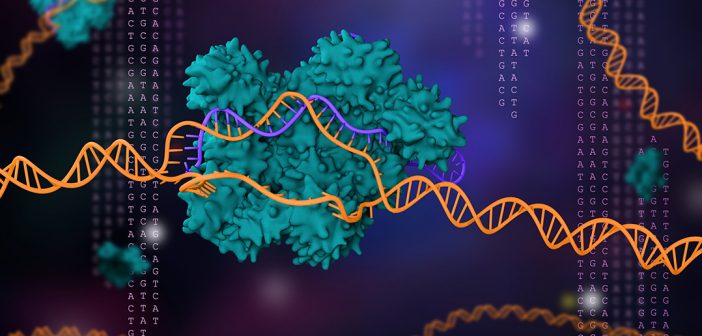Rare disease researchers share new stem cell lines to accelerate the development of treatments.
Scientists at Brown used gene editing to engineer new stem cell lines to treat a rare genetic disorder that affects children.
CLN2 disease is one of the most common forms of neuronal ceroid lipofuscinosis, a group of disorders also known as Batten disease. Children with CLN2 disease produce deficient levels of the enzyme tripeptidyl peptidase 1 (TPP1), which helps break down cell waste. Without enough of this enzyme, waste products accumulate in cells of the brain and retina, which subsequently contributes to loss of cognitive, motor, and visual functions.
Eric Morrow, MD, PhD, the Mencoff Family Associate Professor of Biology, and colleagues used CRISPR-Cas9 gene editing to introduce separately the two most common TPP1 mutations into human stem cells in the laboratory. These stem cells can then be converted into specialized cells, such as neurons, which scientists can use to develop new treatments, including gene therapies for CLN2 disease.
“We have combined two powerful methods—CRISPR-Cas9 genome editing as well as advanced stem cell biology—to build a resource for treatment development for CLN2 disease,” says Morrow, the director of the Center for Translational Neuroscience. He is making these stem cell lines available to the research community by depositing them with the WiCell Research Institute in Madison, WI.
“We hope that researchers will access these stem cells at WiCell so that we can move the research as quickly as possible to develop new treatments for children affected with this type of Batten disease and their families,” Morrow says. The researchers are sharing the cells prior to publication of a peer-reviewed paper. They also posted the manuscript describing how these cell lines were made to the open-access server bioRxiv so other scientists may use the cells for further CLN2 disease research.
More research on CLN2 disease is critically needed. Children typically show no signs of the disease at first, but between 2 and 4 years old they develop seizures, abnormal gait, or problems speaking. From this point, the disease generally progresses rapidly, with most children losing the ability to walk, see, and speak by age 6, and dying between the ages of 8 and 12.
The only FDA-approved treatment for CLN2 disease, enzyme replacement therapy, partially restores availability of the TPP1 enzyme. However, new treatments are still needed that can fully rescue TPP1 function throughout the brain and stop progression of the disease. Enzyme replacement therapies are also invasive: they require regular infusions of the enzyme directly into the brain and a surgically implanted cerebral reservoir and catheter.
The new stem cell models of CLN2 disease can be used to develop various types of treatments, including gene therapy, which uses viruses to introduce healthy copies of the TPP1 gene into cells of CLN2 patients.
Generation of the CLN2 human stem cell models was made possible with the support of the Lehrman Family Research Fund.




